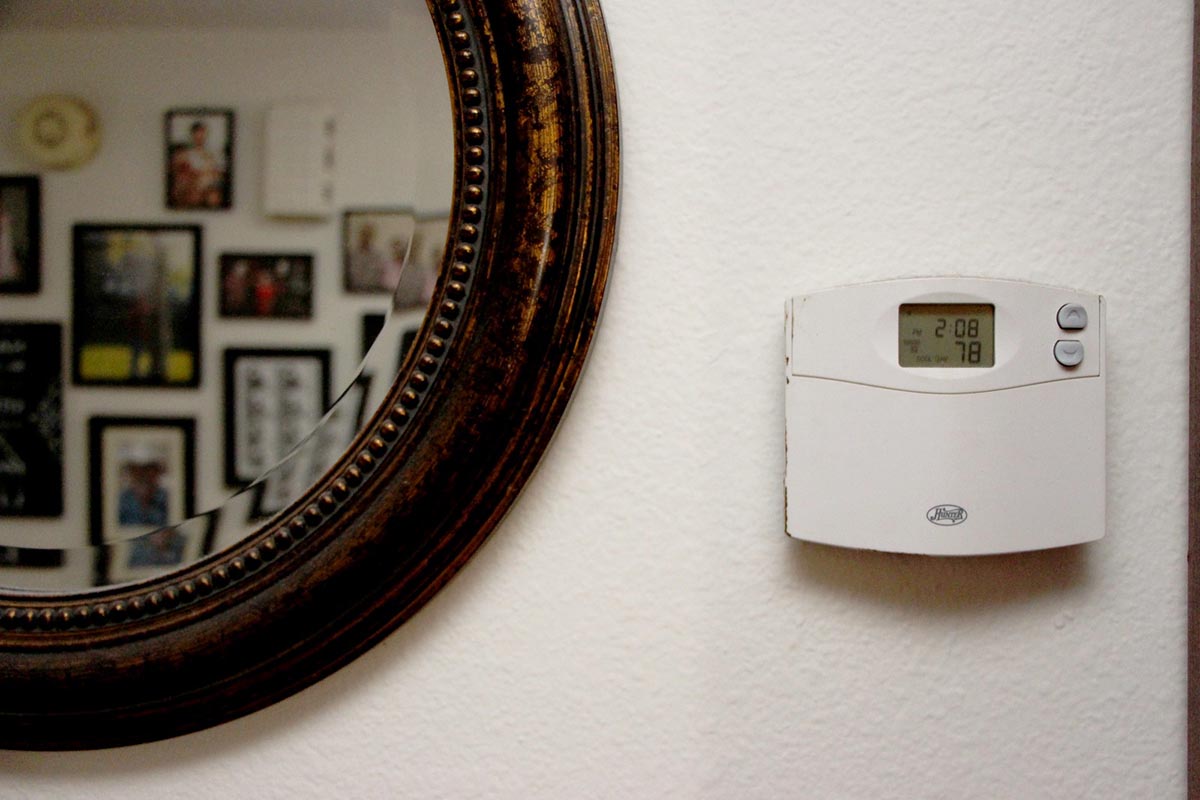Choosing a New HVAC System
HVAC systems are a critical part of most homes in terms of controlling temperatures and filtering out harmful allergens. When it comes to buying a new HVAC system, it’s important to choose the one that fits your home and your needs. Here’s an overview of what to consider when purchasing an HVAC system.
Types of HVAC Units
There are different types of HVAC systems and the one you purchase depends on what your home needs. The most common HVAC systems are ones that have heating and cooling split systems with a heating unit inside and a cooling unit outside on a concrete pad. The system is controlled using a centrally located thermostat.
A hybrid split system has a similar setup. It allows a homeowner to choose between gas and electric heating and helps reduce costs over the long term. Mini-split systems are units mounted on the wall in the house and connected to a compressor outside. They use no ducts and cost more to install initially.
However, mini-split systems give homeowners the ability to control which rooms are heated and cooled which saves money over time. Another easy-to-install ductless HVAC unit for your home is the packaged terminal air conditioners, also known as PTAC units. You can find refurbished PTACs at PTAC4Less.
A packaged heating and cooling system is a unit with heating and cooling inside that’s installed in an attic or top floor of a home. Advanced units use electric and gas heating to maximize efficiency.
Know Your SEER
Seasonal Energy Efficiency Ratio or SEER is the measure of the HVAC’s efficiency and ranges from 13 to 21 on average. The higher the rating, the more efficient the system is. SEER specifically measures air conditioning and heat pump cooling efficiency. It’s important to remember that variables like the size of the home and existing ductwork affect the SEER rating.
Size Matters
The new HVAC system must efficiently heat and cool your home. If it’s too big, the HVAC system will cycle more than it actually needs to. Going through cycles too often means wear and tear on the equipment. Plus the system may also never reach its peak temperature.
Your HVAC contractor uses a calculation to determine the size of your system based on the heating load. This includes factors like home size, insulation, and local temperatures. The total is usually no more than 25 percent greater than the heating load. Make sure to ask your contractor how they reached the calculation for your home to ensure the proper size unit.
Choosing a New HVAC System Go Local
Finding a local HVAC contractor to install the system makes maintaining it easier over the long term. Using a reliable and reputable local professional means that they can get to the house quicker should the system experience an issue.
Your contractor should use a recognized method for heating and cooling calculations like ACCA Manual D or Manual J for ductwork, and they should calculate everything based on each room in the home.
Buying a new HVAC system is not always easy. While it might seem complicated, understanding basics like system types and SEER ratings help in choosing a system and a reputable contractor. Use the information here the next time you need a new HVAC system.




















